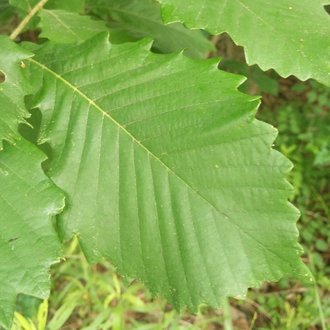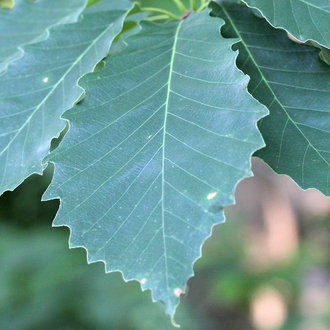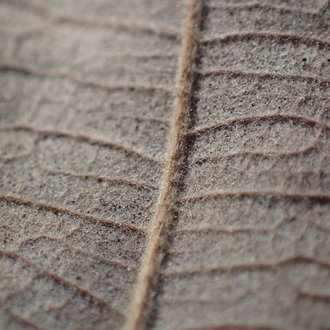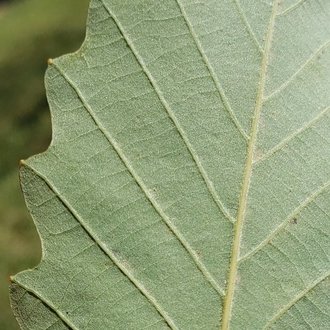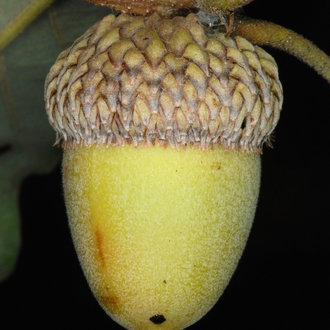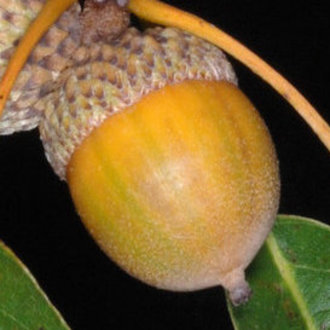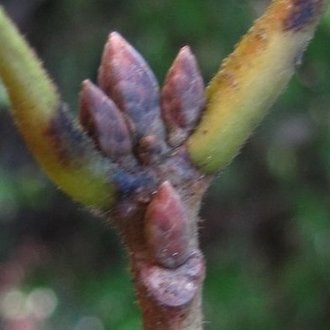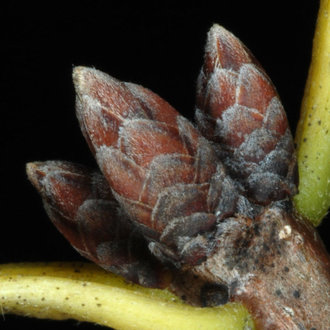Swamp Chestnut Oak vs Chinquapin Oak
These two species are sometimes confused where their ranges overlap, due to similar leaf shape, bark, and acorns. They can be distinguished by close examination of the leaves, acorn cap scales, and buds. Swamp Chestnut oak is usually limited to acidic soils and moister habitats, and ranges farther south, whereas Chinquapin oak prefers calcium-rich soils that are less acidic, can grow on much drier sites, and ranges much farther north and west.
Swamp Chestnut Oak (Quercus michauxii) | Chinquapin Oak (Quercus muehlenbergii) |
A white oak of bottomlands in the southeastern coastal plain and Mississippi valley, superficially resembling the chestnut oak. | A white oak native to North America, preferring soils high in calcium. |
Leaves usually have 15-20 secondary veins on each side. Lobe tips usually more rounded. Photo © Mike Tilley, CC BY 4.0. | Leaves usually have 10-14 secondary veins on each side, rarely as many as 16 or as few as 9. Lobe tips usually more pointed, often angled forward. Photo © Peter Chen 2.0, CC BY 4.0. |
Leaf undersides velvety to the touch due to dense, fine hairs. Photo © Austin Pursley, Public Domain. | Leaf undersides variable in pubescence, may appear hairless without magnification but having at least scattered minute hairs. Usually not as velvety to the touch. Small round glands are found at lobe tips. Photo © Andy Deans, CC BY 4.0. |
Acorn cap scales looser, often peeling back. Photo © Doug Goldman, CC BY 4.0. | Acorn cap scales tightly appressed. Photo © Doug Goldman, CC BY 4.0. |
Buds uniform reddish brown; bud scales less likely to show frosted edges. Terminal buds average larger. Photo © Ken Kneidel, Public Domain. | Buds brown but bud scales more likely to show frosted edges. Terminal buds average smaller. Photo © Doug Goldman, CC BY 4.0. |
References & External Resources
These short lists show only links helpful for ID. For a complete list of references and resources also covering other aspects of ecology, visit the links section of the full article on each plant, which is the first entry here.



